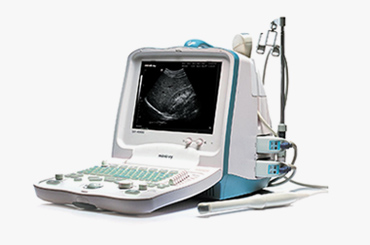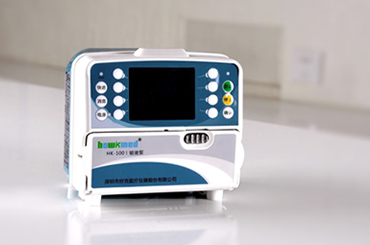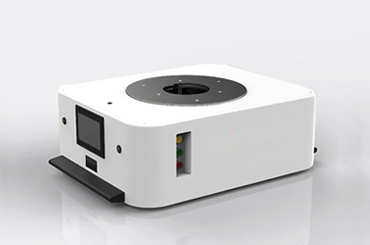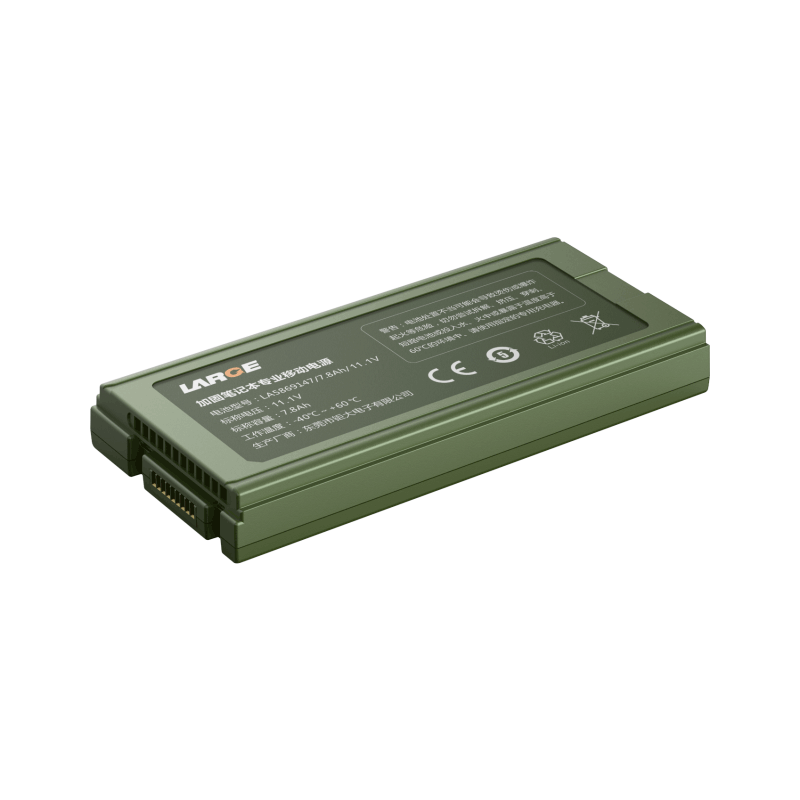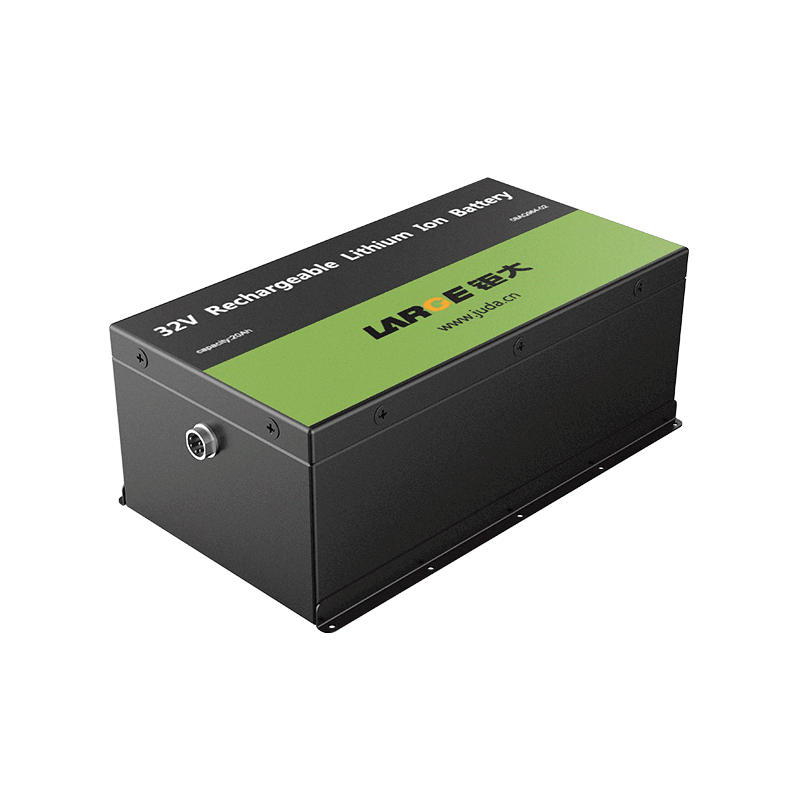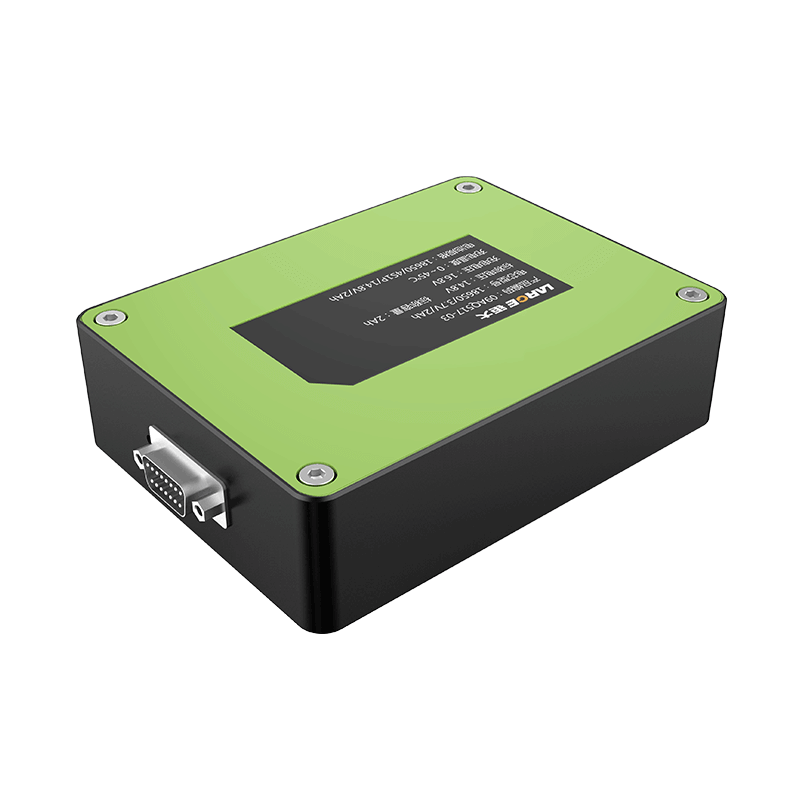-
Key Takeaways
-
Part 1: Causes of Lithium Battery Swelling+
- 1.1 Chemical Reactions and Gas Generation in Lithium Battery Packs
- 1.2 Overcharging and Voltage Stress in Industrial Applications
- 1.3 Environmental Factors: Temperature Extremes and Humidity
-
Part 2: How to Detect Early Signs of Battery Swelling+
- 2.1 Physical Indicators: Lithium Battery Bulge and Deformation
- 2.2 Performance Issues: Overheating, Reduced Capacity, and Device Malfunctions
- 2.3 Warning Signs: Unusual Smells, Leaks, or Sounds
-
Part 3: Best Practices to Mitigate Battery Swelling+
- 3.1 Implementing Proper Charging Protocols and Avoiding Overcharging
- 3.2 Managing Temperature and Storage Conditions for Lithium Battery Packs
- 3.3 Using Advanced Battery Management Systems and Quality Chargers
-
FAQ+
- 1. How can I safely store lithium battery packs to prevent swelling?
- 2. What is the best way to detect early signs of swelling in industrial devices?
- 3. Which lithium battery type offers the longest cycle life for industrial use?
Learn How to Identify and Prevent Lithium Battery Swelling in Devices
APR 29, 2025 Pageview:15

Lithium Battery Bulge presents significant challenges for industries utilizing medical devices, robotics, and instrumentation. Neglecting this issue can result in severe consequences, including operational disruptions and safety hazards. For example, New York City documented over 200 lithium-ion battery fires, leading to 100 injuries and 14 fatalities. Proactively addressing bulging ensures the reliability and safety of lithium battery-powered devices while safeguarding your investments.
Key Takeaways
Look for signs like bulging or changes in shape. Finding these early can stop device problems and keep you safe.
Charge batteries the right way to avoid overcharging. Keep the charge between 20% and 80% to make them last longer and prevent swelling.
Keep batteries in the right conditions. Store them in a cool, dry spot to stop swelling and help them work better.
Part 1: Causes of Lithium Battery Swelling
1.1 Chemical Reactions and Gas Generation in lithium battery packs
Chemical reactions within lithium battery packs are a primary cause of swelling. During normal operation, the electrolyte undergoes decomposition, releasing gases such as CO, CO2, and hydrocarbons. These gases accumulate inside the battery, leading to internal pressure and physical expansion. This phenomenon is particularly pronounced during the first charge cycle when the solid electrolyte interphase (SEI) layer forms on the anode surface.
The rate of gas generation also depends on temperature. High temperatures accelerate side reactions, increasing gas production and causing swelling. This expansion compromises the battery's structural integrity, leading to performance degradation and reduced lifespan. In industrial applications, such as medical devices or robotics, this can result in operational failures and safety risks. Immediate replacement of swollen batteries is essential to prevent further damage.
1.2 Overcharging and Voltage Stress in Industrial Applications
Overcharging is another critical factor contributing to battery swelling. When a lithium-ion battery is charged beyond its recommended voltage, it triggers lithium plating on the anode. This process involves the deposition of metallic lithium, which not only reduces capacity but also generates gases that cause swelling.
Frequent overcharging leads to lithium plating, SEI formation, and gas generation.
Charging at high currents in cold conditions exacerbates lithium plating.
Swelling from overcharging necessitates immediate intervention to avoid safety hazards.
1.3 Environmental Factors: Temperature Extremes and Humidity
Environmental conditions, including temperature extremes and humidity, significantly impact lithium battery performance. High temperatures accelerate chemical reactions, increasing the risk of swelling. Conversely, low temperatures can lead to uneven lithium deposition during charging, causing internal stress and eventual expansion.
Aspect | Details |
|---|---|
Focus | Identification of temperature-dependent gas production rates |
Methodology | Inverse calculation using temperature and height data |
Findings | Nonlinear relationship between gas production rates and core temperature |
Implication | Enhances precision of state prediction for lithium-ion batteries |
Part 2: How to Detect Early Signs of Battery Swelling
2.1 Physical Indicators: Lithium Battery Bulge and Deformation
Detecting physical changes in lithium batteries is one of the most straightforward ways to identify swelling. A swollen battery often exhibits visible bulging or deformation, which can compromise the structural integrity of the device housing it. For example, in industrial applications like robotics or medical devices, you might notice the device casing becoming misshapen or difficult to close. This deformation results from gas buildup inside the battery, a common consequence of electrolyte decomposition or overcharging.
Key physical indicators include:
Battery Bulge or Expansion: The battery appears bloated or swollen.
Device Deformation: The device casing may warp or bulge due to internal pressure.
These signs are critical to address promptly. Ignoring them can lead to further damage, including thermal runaway, which poses significant safety risks. Regular visual inspections of lithium battery packs, especially in high-stakes environments like instrumentation devices, can help reduce battery swell frequency and ensure operational safety.
Tip: Train your maintenance team to recognize these physical indicators during routine inspections. Early detection can mitigate battery swelling and prevent costly device failures.
2.2 Performance Issues: Overheating, Reduced Capacity, and Device Malfunctions
Performance degradation often signals underlying issues with lithium batteries. Overheating is a common symptom of swelling, as internal gas buildup increases resistance and generates excess heat. You might notice the device becoming unusually warm during operation or charging. Reduced capacity is another red flag. A swollen battery may struggle to hold a charge, leading to shorter operational cycles and erratic battery percentage readings.
Performance-related warning signs include:
Overheating: The device heats up more than usual during use or charging.
Reduced Battery Life: The battery drains faster than expected.
Charging Difficulties: Erratic charging behavior or failure to charge.
Device Malfunctions: Unexpected restarts, lags, or failure to power on.
Studies have shown that swelling often results from overcharging or improper charging protocols. For instance, rapid discharge or excessive heat during charging can indicate internal issues. In industrial settings, such as surveying instruments, these performance issues can disrupt operations and compromise data accuracy. Implementing advanced battery management systems (BMS) can help monitor these parameters and extend battery lifespan.
Note: If you observe overheating or reduced capacity, replace the battery immediately. Continuing to use a compromised battery increases the risk of device failure and safety hazards.
2.3 Warning Signs: Unusual Smells, Leaks, or Sounds
In some cases, lithium battery swelling produces more subtle warning signs. A strong chemical odor often indicates electrolyte leakage, a serious issue that can damage both the battery and the device. You might also notice visible residue or liquid near the battery compartment. These leaks result from internal pressure rupturing the battery casing. Additionally, unusual sounds, such as hissing or popping, may signal gas escaping from the battery.
Common warning signs include:
Chemical Odor: A strong, unpleasant smell near the battery.
Leakage or Residue: Visible signs of liquid or residue around the battery.
Unusual Sounds: Hissing or popping noises during operation or charging.
These signs require immediate attention. In industrial applications, such as robotics or medical devices, ignoring these warnings can lead to catastrophic failures. For example, electrolyte leakage can corrode internal components, rendering the device inoperable. Regular maintenance and monitoring can help identify these issues early, ensuring the safety and reliability of your equipment.
Alert: If you detect any of these warning signs, discontinue use immediately and consult a professional for battery replacement. Safety should always be your top priority.
Part 3: Best Practices to Mitigate Battery Swelling
3.1 Implementing Proper Charging Protocols and Avoiding Overcharging
Proper charging protocols play a vital role in reducing battery swelling. Overcharging often leads to lithium plating on the anode, which generates gases and increases internal pressure. To prevent this, you should maintain the battery's state of charge within specific "comfort zones." Avoid charging beyond 80% or discharging below 20%, as these extremes accelerate degradation.
Use chargers with overcharge protection to prevent exceeding voltage limits.
Implement systems to control charging currents, especially in cold environments.
Schedule regular maintenance checks to ensure chargers function correctly.
For industrial applications advanced charging protocols enhance reliability and reduce the risk of device failure. Continuous charging at high currents or temperatures can compromise safety. By adopting these practices from Large Power, you can extend battery lifespan and maintain operational efficiency.
3.2 Managing Temperature and Storage Conditions for lithium battery packs
Temperature management is critical for mitigating swelling and ensuring battery longevity. High temperatures above 35°C accelerate chemical reactions, leading to faster aging and potential safety hazards like thermal runaway. Conversely, low temperatures below 0°C reduce performance by up to 30% at -10°C.
Maintain storage and operating temperatures between 15°C and 25°C.
Ensure adequate cooling and ventilation in battery compartments.
Avoid exposing batteries to direct sunlight or freezing conditions.
A study using electrochemistry-based models revealed that operating lithium-ion batteries at elevated temperatures (25°C to 55°C) significantly increases degradation rates. For industrial applications, such as instrumentation devices, proper temperature control minimizes swelling risks and enhances performance.
3.3 Using Advanced Battery Management Systems and Quality Chargers
Advanced battery management systems (BMS) and quality chargers are essential for reducing swelling risks. A BMS monitors critical parameters like voltage, temperature, and current, ensuring the battery operates within safe limits. Quality chargers with built-in safety mechanisms further enhance protection.
Safety Mechanism | Effectiveness in Reducing Swelling Risks | Impact on Device Performance |
|---|---|---|
Overcharge Protection Systems | Prevents charging beyond capacity | May limit charging speed |
Temperature Monitoring and Management | Keeps battery temperature low | Can cause devices to run slower than usual |
For industrial applications, these systems prevent device failure and ensure operational safety. Investing in high-quality components reduces long-term costs and enhances the reliability of lithium battery-powered devices.
Understanding the causes of lithium battery swelling and detecting early signs ensures device safety and reliability. Proactive care, such as proper charging protocols and temperature management, extends battery lifespan in industrial applications.
Adopting advanced technologies and best practices safeguards your investments and enhances operational efficiency. Take action today with Large Power to optimize performance and minimize risks.
FAQ
1. How can I safely store lithium battery packs to prevent swelling?
Store lithium battery packs in a cool, dry environment between 15°C and 25°C. Avoid direct sunlight and high humidity. For industrial applications, use temperature-controlled storage systems.
2. What is the best way to detect early signs of swelling in industrial devices?
Inspect for physical bulging, overheating, or reduced capacity during routine maintenance. Use advanced battery management systems (BMS) to monitor voltage, temperature, and performance metrics.
3. Which lithium battery type offers the longest cycle life for industrial use?
LiFePO4 Lithium batteries provide 2000–5000 cycles, making them ideal for industrial applications. They also operate safely under high-stress conditions.
Tip: For professional guidance on the longest cycle life for industrial use, visit Large Power.
- Prev Article: no more
- Next Article: How to Pick the Perfect Boat Battery for Your Needs
Leave Message
Hottest Categories
-
Hottest Industry News
-
Latest Industry News




